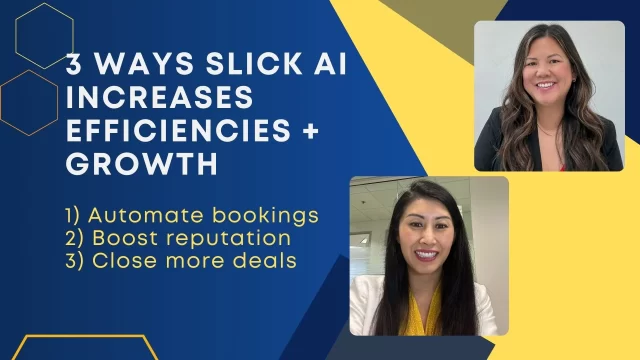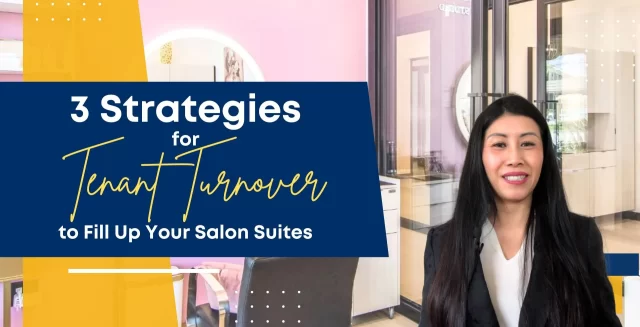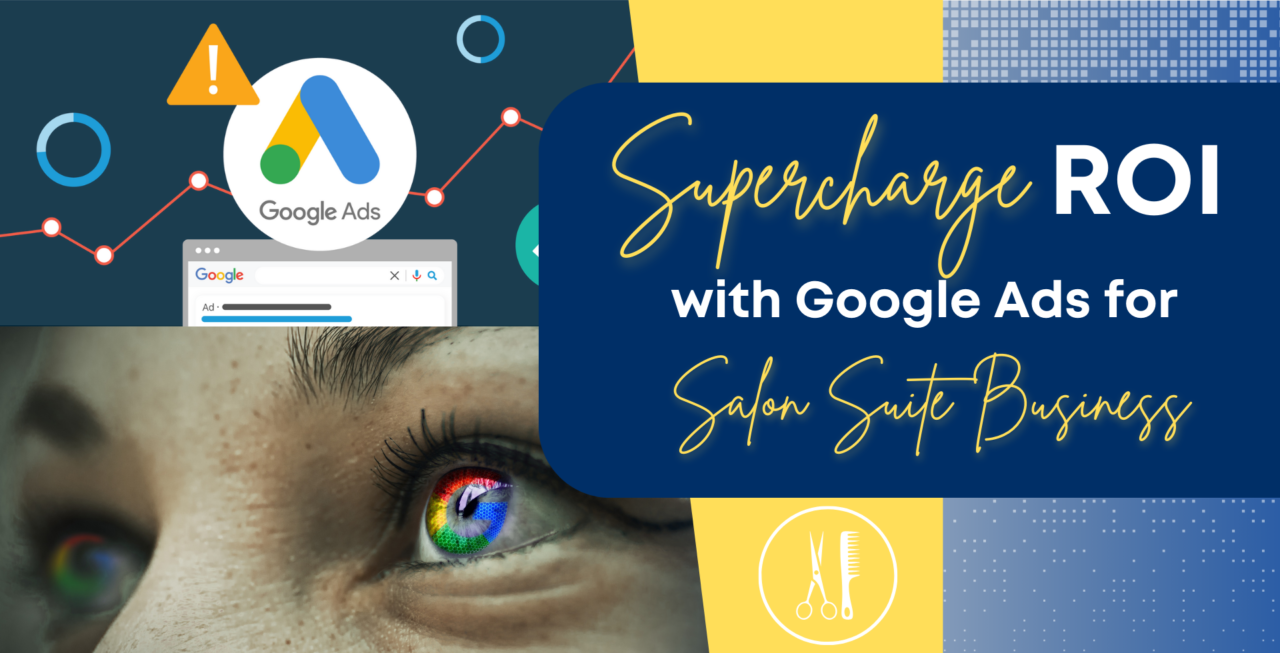Salon Suite Marketing Tips – Google Ads Marketing
Google Ads has become an indispensable tool for any business looking to reach their target audience online. For franchisees in the salon suite industry, effectively utilizing Google Ads can make a significant impact on ROI. In this blog, we’ll explore three essential strategies for crafting ad copy that drives results and maximizes your return on investment (ROI) in the competitive salon suite leasing market.
1. The Key to Keyword Success for Salon Suites
The foundation of any successful Google Ads campaign begins with keyword research. For salon suite leasing specifically it’s crucial to identify and utilize keywords that potential lessees are likely to search for. Consider using keyword research tools to pinpoint the most relevant and high-performing keywords in your particular niche.
Creating Ad Groups for Targeted Relevance: To enhance ad relevance and improve click-through rates (CTR), organize your keywords into specific ad groups. For example, you may want to organize your salon suites according to the types of suites that are available. This allows you to craft ad copy that directly addresses the user’s search intent, increasing the chances of conversion.
Quality Score Optimization: Google rewards ad campaigns that prioritize relevance with a higher Quality Score. This score is evaluated based on the relevance of your ad copy, keywords, and landing page. A higher Quality Score can lead to lower costs per click (CPC) and better ad positions, ultimately boosting your ROI.
2. Keep Your Eye on the Prize:
Once you’ve honed in on your keywords and organized them effectively, it’s time to craft ad copy that grabs the attention of potential lessees.
Succinct and Persuasive Headlines: Start with your headline, which is the first thing users see. In addition to keeping it concise and directly related to the user’s search intent, you should use strong action words and highlight key benefits or offers. For instance, consider a headline like “Discover Your Dream Salon Suite Today!”
Utilize Ad Extensions: Ad extensions are powerful tools to provide additional information and increase the visibility of your ad. That’s why you should include extensions like location, pricing details, unique suite features and even move-in specials. Customize these extensions for different ad groups, ensuring they align with specific promotions or offerings.
3. Always be Testing:
The digital landscape is ever-evolving, and what works today may not work tomorrow. To stay ahead in the salon suite leasing market, continuous testing and refinement of your ad copy are essential.
A/B Testing for Optimal Performance: Implement A/B testing (split testing) to compare different ad variations and determine which ones yield the best results. In addition to experimenting with various headlines, ad copy styles, and calls to action, ensure that you regularly review metrics such as click-through rates (CTR), conversion rates, and return on ad spend (ROAS). This enhances your ability to make informed adjustments.
Strategic Ad Scheduling: Consider using ad scheduling to display your ads during peak times when salon professionals are actively searching for leasing options. Adjust your bids and budgets accordingly to maximize ROI during these high-traffic periods.
Conclusion: Supercharging your ROI with Google Ads is a continuous process of optimization and refinement. By leveraging relevant keywords, creating compelling headlines and extensions, and consistently testing and refining your ads, you can effectively reach your target audience and maximize ROI in the competitive salon suite leasing market. Stay adaptable, stay relevant, and watch your Google Ads campaign deliver outstanding results for your salon suite leasing business.
Contact Slick Marketers to help boost your salon suite google ads campaign today!
Salon Suite Franchise Marketing Services
- Salon Suite Franchise Marketing
- Salon Suite Social Media
- Salon Suite Meta Ads
- Salon Suite Google Ads
- Salon Suite SEO
- Salon Marketing Strategy
- Salon Suite Case Studies




